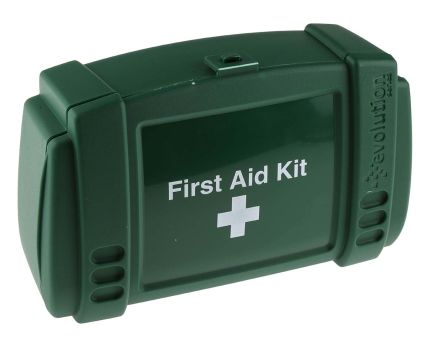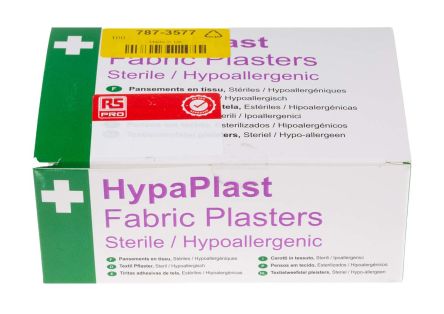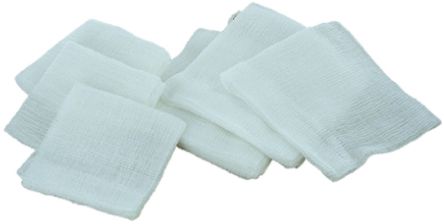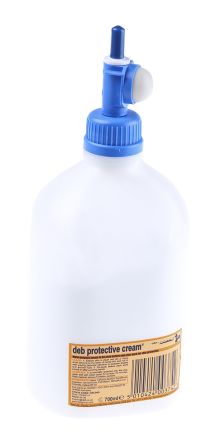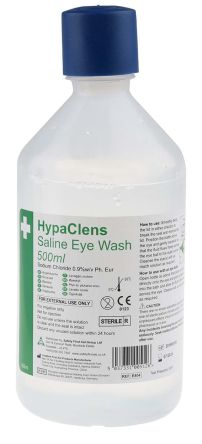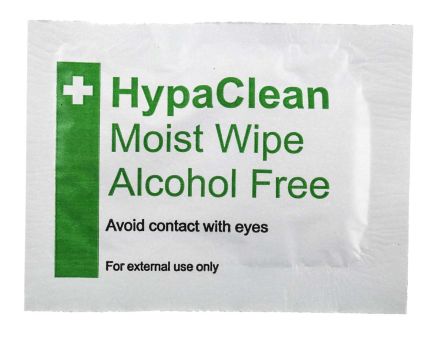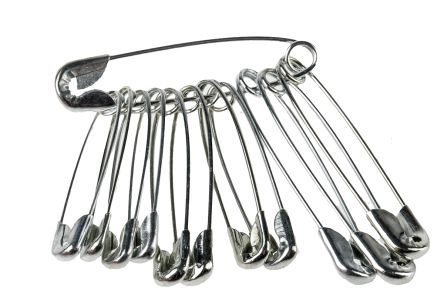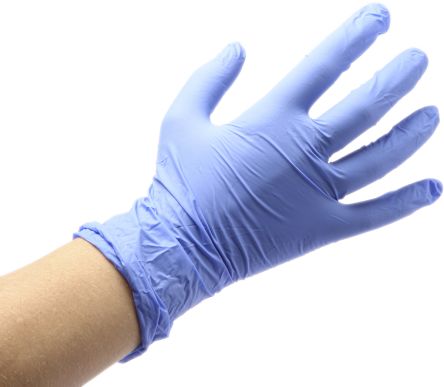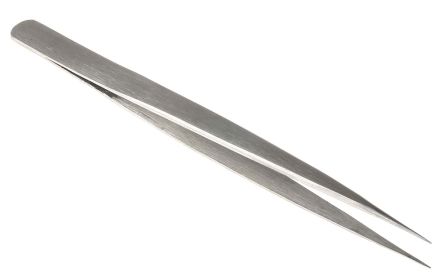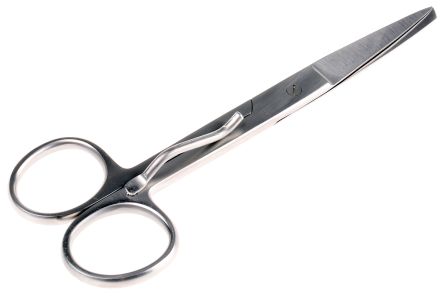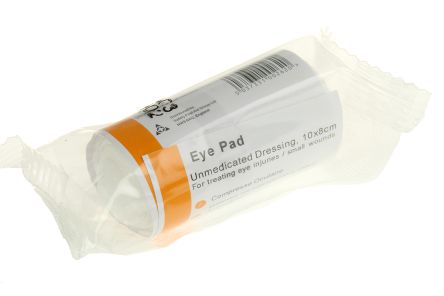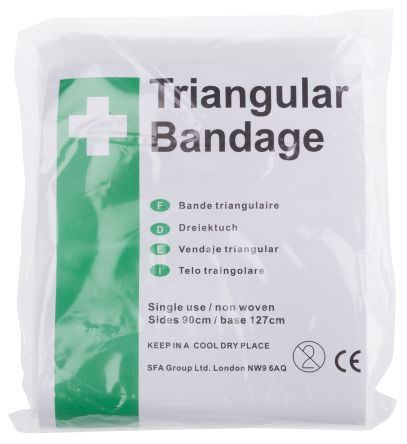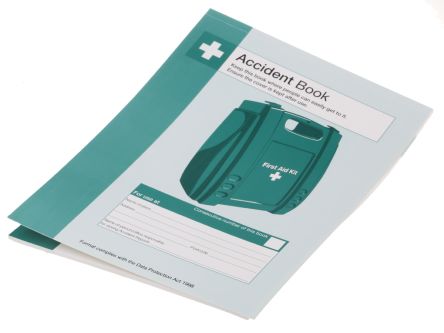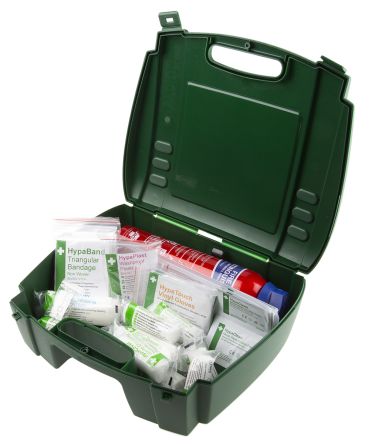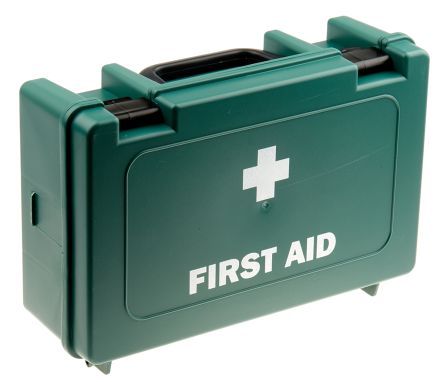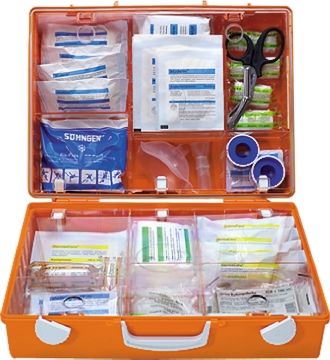
|
What is a first aid kit?
A first aid kit is an assortment of supplies and equipment used to give medical treatment. They’re often kept at home, in vehicles and in the workplace.
They’re designed for first response to provide fast medical assistance to someone in need. They’re often used to treat minor injuries such as cuts or abrasions, as well as help in life-threatening circumstances before emergency services can arrive.
It’s helpful to keep them well organised, ideally with bags for different compartments and supplies, as this gives users quick access to whatever equipment is needed. What’s more, it’s important to consider where they’re kept – ensuring they’re clearly visible and accessible for everyone.
They can be stored either in a case on a worktop, or mounted to the wall in a cabinet. It’s worth bearing in mind that with wall-mounted models it can be more difficult to take the necessary supplies to an injured person, compared to a case which can be easily transported.
It’s vital to have one in the workplace, to be compliant with the Health and Safety (First Aid) Regulations 1981. These regulations require employers to provide adequate and appropriate equipment, facilities and personnel to ensure employees receive immediate attention if they’re injured or taken ill at work. They apply to all workplaces, including places with fewer than five employees and anyone who’s self-employed. The image below shows what they usually contain.
The history of first aid kits
They were first created in 1888, after an incidental conversation between Robert Johnson, co-founder of Johnson & Johnson, and a railway surgeon. Railway surgeons, who were often general practitioners with some experience of performing surgery, were hired by railway companies to assist employees working on the railways across America. This was a dangerous job in the 1800s, and railways spanned large areas, so in such remote locations it was difficult for railway surgeons to access sterile supplies – not to mention further medical assistance, which was often extremely far away.
After learning how difficult it was for railway surgeons, Johnson had the idea of keeping gauze and other supplies on trains and in areas where people were working on the railways – enabling doctors to better stabilise casualties before seeking further treatment. He asked numerous railway surgeons what supplies they’d like to have in an emergency, and following that, in 1888 Johnson & Johnson created the first ever Railway Station and Factory Supply Case, which combined a number of supplies in a specifically marked box.
Following the introduction of this product to the railway industry, Johnson realised the general public could also benefit from easy access to such supplies, and so he created a second one for commercial use. The popularity of this product meant that by 1889 Johnson & Johnson had released 18 separate types of kit for different environments which needed them.
Contents of a first aid kit
There’s no mandatory list of items to have in a first aid kit, and while the contents can vary depending on specific use or needs, the following list shows the basic items it should include:
Plasters (in a range of shapes and sizes, including waterproof ones)
Small, medium and large sections of sterile gauze
Creams/Sprays (for skin rash, insect bites & stings and antiseptic purposes)
Alcohol-free cleansing wipes
First aid equipment explained
There’s no mandatory list of items to have in a first aid kit, and while the contents can vary depending on specific use or needs, the following list shows the basic items it should include:
Why are they needed?
The importance of first aid shouldn’t be underestimated. It’s the duty of an employer to do a first aid needs assessment, meaning the contents of each individual kit may vary according to each workplace’s requirements. The BS 8599-1 standard (June 2011) specification can help employers and managers understand which type is necessary in the workplace.
The First Aid in the Workplace Code of Practice instructs that first aid kits for workplaces shouldn’t contain medications. That’s because first aid is considered to be the provision of emergency treatment and life support for people suffering injury or illness, and so medication doesn’t generally fall within this.
The BS 8599-1 standard also gives guidance on the container which holds the supplies. It should be able to fit all of the relevant items inside and close securely, as well as be clean, dustproof and provide protection for the supplies in the relevant workplace environment.
Different types of first aid kits
Carrying case
|
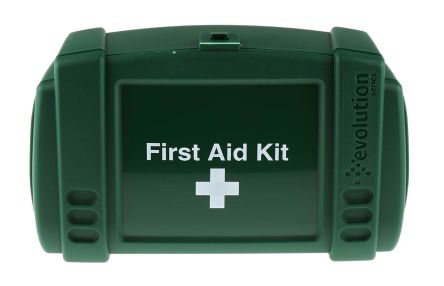 Shop for carry case first aid kits
Shop for carry case first aid kits |
Wall mounted
|
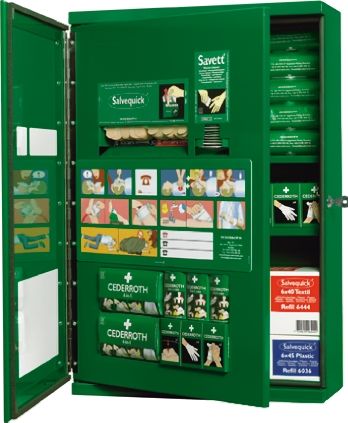 Shop for wall-mounted first aid kits
Shop for wall-mounted first aid kits |
What size do I need?
They come in a variety of sizes, which depends on the number of supplies they contain and the number of employees they need to serve. As well as this, it’s important to consider the level of risk associated with the environment and tasks being carried out. Here’s a guide on which size to use for the number of people:
Low-risk environment
High-risk environment
This include places such as offices, schools and shops.
- Small – less than 25 people
- Medium – 25 to 100 people
- Large – more than 100 people
These are areas such as warehouses, production lines, or any business that requires employees to work with dangerous machinery or sharp instruments.
- Small – less than 5 people
- Medium – 5 to 25 people
- Large – more than 25 people
Top tip: Ensure the supplies being used comply with the British Standard BS 8599-1, as this guarantees the kit has suitable equipment which is safe and hygienic.
Factors to consider
- The number of employees on the premises, ensuring there are enough supplies for each person.
- The amount, size, and complexity of floors at the building/site. It’s important to have at least one on every floor where employees are working. Where floors are large in size, there should be one at each end.
- The level of risk in the workplace. An office is a much lower-risk environment than a factory, for example, so usually only one is needed for each floor in an office, whereas a factory will need more than one on each floor.
How to store first aid kits
To properly store and take care of them, here are some guidelines to follow:
- Keep them in a cool, dry location
- Make sure everyone knows where they are and that they’re easily accessible
- Check regularly for use-by dates, as certain items such as solutions will expire
- When something is used, replace it as soon as possible
- Keep them out of reach of children
Where should they be located in a workplace?
They should be readily available and easily accessible whenever emergencies occur, but where that is will depend on the environment and type of working being done. It’s worth considering keeping them in a dedicated area, where people will be able to get to them quickly. For anyone who drives company vehicles or works out in the field on different sites, they will need to be taken along in the car. For further information, view our helpful guide on first aid in the workplace.
Top picks
There’s a wide range of types to choose from – browse our top brands by clicking the link to view the full product range. As well as first aid kits, we also stock a wide range of other useful emergency equipment and supplies.
